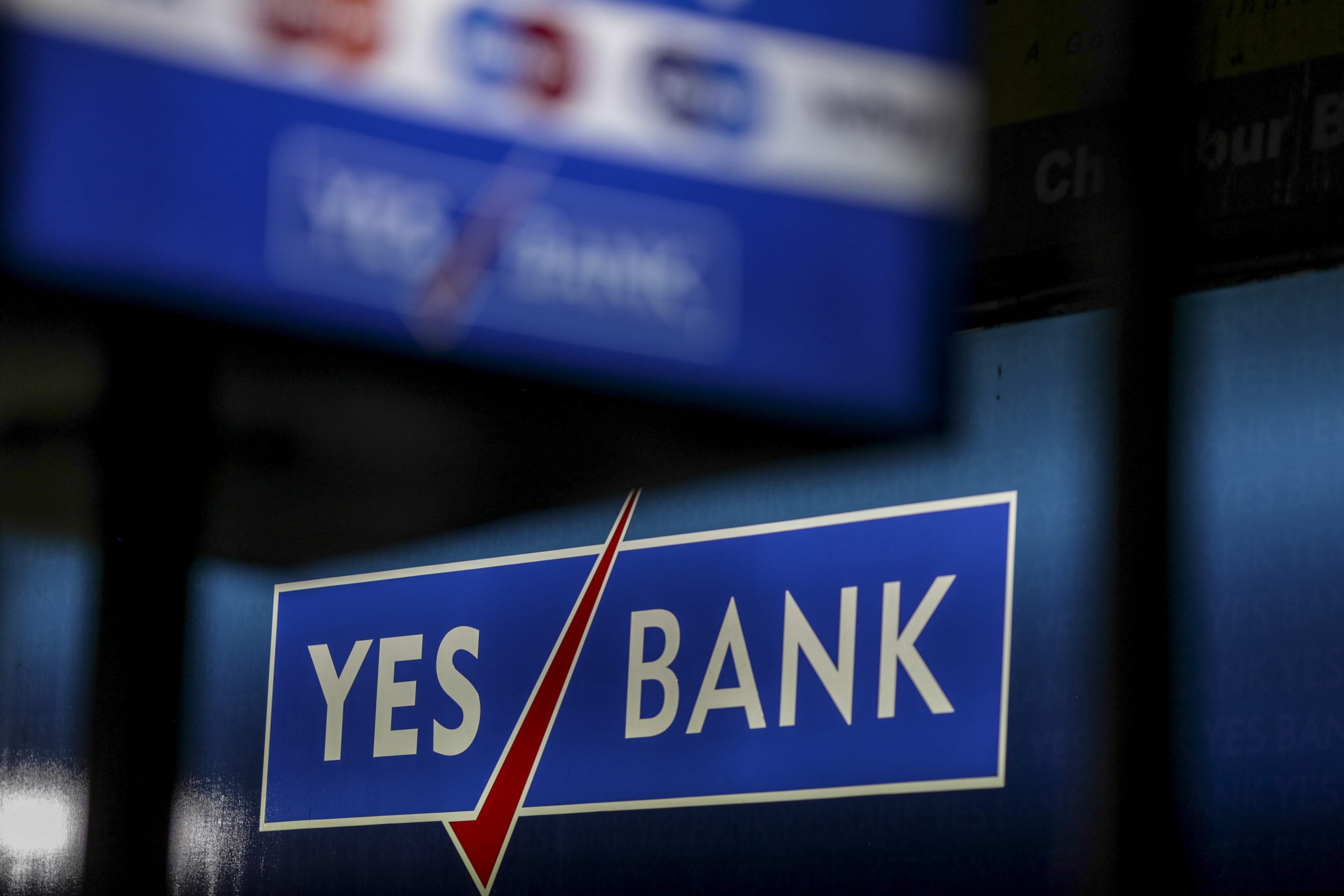Table of Contents
The Reserve Bank Of India has taken over to one of the largest private sector lending banks i.e “Yes bank” owing to its poor financial stability and deteriorating condition. Now the RBI has recently unveiled a Draft reconstruction scheme for Yes Bank in the public domain. According to the scheme, State Bank of India has expressed its willingness to invest in Yes Bank and participate in the reconstruction process. Also, the RBI has invited suggestions from the Public domain till March 9, 2020. The suggestions and comments from the public can be sent to the Chief General Manager, Department of Regulation, Reserve Bank of India, Central office, 13th Floor, Central Office Building, Shahid Bhagat Singh Marg, Fort, Mumbai – 400 001, or via email- cgmicdor@rbi.org.in.
Features of This Scheme
- The authorised capital of the Yes bank shall be altered to Rs.5,000 crore while the number of equity shares will be 2,400 crores.
- The investor bank shall hold 49% shareholding in the Yes bank. And investor bank cannot reduce its holding below 26% before the completion of three years of infusion of the capital.
- Once the scheme is applicable, The new Board will be set up on which the investor bank will have two nominee directors.
- There will be no compensation given to the customers from the reconstruction bank by the virtue of this scheme.
- All the employees of the reconstructed bank will continue in service with the same terms and services at least for a period of one year
Let’s take more closer look to understand ,why this reconstruction scheme is introduced? Why RBI has taken over the Yes Bank? Impact of this Superseding etc.
Why this reconstruction scheme is introduced?
Last evening, the news of RBI superseding the Yes bank broke and people having their account in Yes bank gets into panic mode. After the news broke out, the share price of the yes bank has fallen by 85%. As per the official statement given by RBI- ‘The idea is to get steady flow of liquidity for YES Bank’ and hence this step has been taken.
RBI has placed Yes Bank Ltd. under moratorium for a month in exercise of the powers conferred under 36ACA of the Banking Regulation Act 1949. Thus, limiting the exercising power of Yes bank. The reconstruction scheme will help in achieving the financial stability in the Yes bank.
What is the issue?
Yes bank is one of the banks which is suffering due to increased in the number of NPA. NPA refers to Non- Performing Assets, means the loan which was once considered asset has converted into loss as the person who was given the loan is unable to pay. Total amount that Yes Bank has is 3,80,826 crore out of which 2,41,500 crore is NPA. The NPA has tremendously increased in the past few years. That is why, RBI has finally taken the command to improve the condition. RBI has taken over the board of the private sector lender because of the serious deterioration in its financial position.
Impact of this take over
- The RBI has imposed a cap of 50,000 over the monthly transaction by the customers of the bank.
- In special circumstances, the withdrawal limit can be extended upto 5 Lakh rupees. For ex- for education purpose, Medical, Marriage etc.
Why this action?
This action has been taken by the bank to improve the financial status of the bank. This action will provide security to the money to the account holders of the bank. It will also improve the financial stability of the bank.
This is not the first time that RBI has taken this step. Earlier also, RBI had Imposed restrictions on PMC Bank, and capped the Withdrawal limit at Rs 1,000 for six months Owing to its poor financial stability. Hence, Customers need not to worry as this is a good move. RBI would help to bring financial stability in the bank. The money of the customer would be much safer now.
Also Check,



 GA Capsule for SBI Clerk Mains 2025, Dow...
GA Capsule for SBI Clerk Mains 2025, Dow...
 The Hindu Review October 2022: Download ...
The Hindu Review October 2022: Download ...
 Supreme Court JCA Exam Date 2025 Out, 24...
Supreme Court JCA Exam Date 2025 Out, 24...




